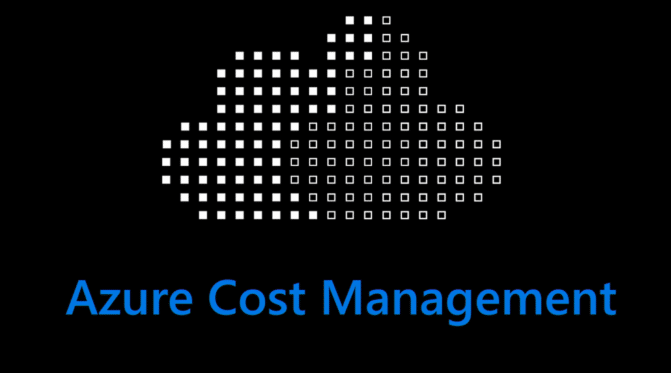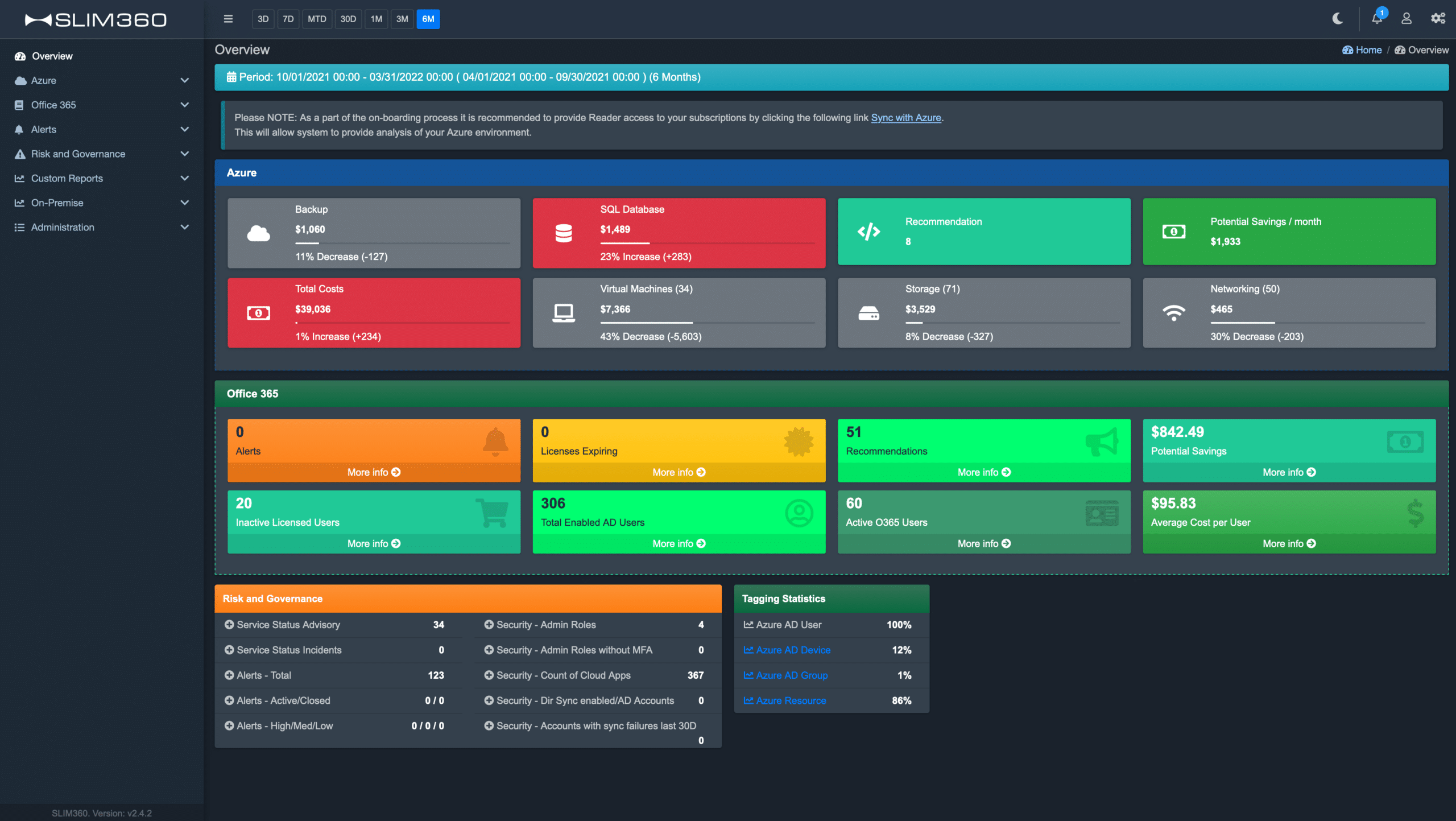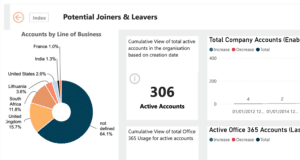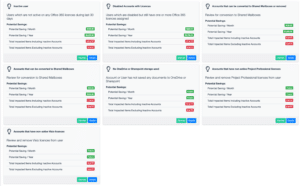As a customer, when you are looking to buy software, you want to get the best possible deal and build a strong relationship with the software provider. However, this can be difficult to achieve if a bad sales rep is working with you. In this blog post, we will explore why keeping a bad sales rep could cost you and provide actionable tips on how to get a great software deal and strengthen relationships.
Why Keeping a Bad Sales Rep Could Cost You
A bad sales rep can cost you in many ways. A bad sales rep:
- Will not give you straight answers and will likely give you the runaround. This can be frustrating and time-consuming as you try to get the information you need to make an informed decision
- May not be loyal to you and may be more interested in meeting their own goals than yours. This can lead to added costs, such as licensing, deployment, ongoing support, and increased costs over time.
- Focuses on their quota and how they get paid. If you find a rep forcing you to buy products or services you don’t need, there is a reason. Reps that are focused on themselves are not going to help you accomplish what you need.
Actionable Tips to Get a Great Deal and Strengthen Relationships
Now that we’ve looked at why a bad sales rep can cost you, let’s explore some actionable tips on how to get a great software deal and strengthen relationships.
- Do your research
Mistake: Not doing research
Tip: Before making a software purchase, do your research. Look for reviews and testimonials from other customers, check the software provider’s website and social media accounts, and speak with current or past customers if possible. This will help you make an informed decision and avoid wasting time and money.
- Communicate your needs
Mistake: Not communicating your needs
Tip: When speaking with a sales rep, be clear and specific about your needs. This will help the sales rep understand your needs and make appropriate recommendations. Don’t be afraid to ask questions or ask for clarification if you don’t understand something.
Statistic: According to a survey by TechValidate, 97% of B2B buyers said that the sales rep’s ability to understand their needs was an important factor in their decision to purchase.
- Negotiate
Mistake: Not negotiating
Tip: Don’t be afraid to negotiate with the sales rep. Ask for discounts or special pricing, especially if purchasing multiple licenses or a long-term contract. If the sales rep is unwilling to negotiate, consider speaking with management or looking for a different software provider.
Statistic: According to a survey by HubSpot, 89% of B2B buyers said negotiating pricing was an important factor in their decision to purchase.
Get in Touch with Us to Avoid That Bad Software and Sales Rep
As a customer, if you’re looking to buy software, you want to get the best possible deal and build a strong relationship with the software provider. We’ll help you avoid those bad sales reps that cost you, and we’ll provide even more actionable tips on how to get a great software deal and strengthen relationships.
- Don’t let a lousy software sales rep cost you more. Look for warning signs like poor communication and lack of support.
- Don’t settle for vague timelines or complex deployments. A good sales rep should be clear and transparent.
- Watch out for hidden costs and “shelf-ware” bundles. A good sales rep will work to provide value and meet your needs.
- Work with a sales rep who prioritizes your goals and vision, not just their own. Loyalty and support are critical.
- Choose a sales rep who values security and supports your business needs. Don’t compromise on protection or solutions.
- Don’t keep a bad sales rep if you want a great software deal and strong relationships.
- Look for warning signs like poor communication, lack of support, and unclear timelines.
- Don’t settle for hidden costs or unnecessary “shelf-ware” bundles. A good sales rep should provide value.
- Prioritize your own goals and vision. Choose a sales rep who will support you and work to meet your needs.
- Don’t compromise on security or protection. Choose a sales rep who values these aspects of software purchasing.
- Take control of the purchasing process. Don’t let a bad sales rep drive up costs or hurt your relationship with your provider.
As businesses continue to rely more and more on software, the role of the sales representative has become increasingly important. A good sales rep can help enterprises to find the right software at the right price, while a bad sales rep can do the opposite. In fact, a bad sales rep could end up costing your business more than just money. According to a study by HubSpot, over 50% of customers say they have stopped doing business with a company because of poor customer service. So, how do you avoid keeping a bad sales rep, get an excellent software deal, and strengthen your business relationships?
- Identify Warning Signs
The first step in avoiding a bad sales rep is to know what to look for. Here are some warning signs that you might have a bad sales rep:
- A sales rep who is challenging to reach, doesn’t respond to emails, or doesn’t listen to your needs is a red flag.
- A good sales rep should be there to support you throughout the entire software purchasing process, not just during the sale.
- Be wary of sales reps who aren’t transparent about costs or try to bundle unnecessary features or services.
- If the sales rep is only concerned with their own goals rather than yours, it’s time to look elsewhere.
Actionable Recommendation: Watch for these warning signs, and don’t hesitate to ask questions or voice concerns to their management team. A good sales rep will be transparent and responsive.
Error to Avoid: Don’t assume that a sales rep who seems nice or friendly will automatically be a good fit. Always do your research and ask questions.
- Prioritize Your Goals and Vision
Your business has unique needs and goals when it comes to software. A good sales rep should prioritize your vision, not theirs. Here are some ways to ensure that your goals are being met:
- A good sales rep will be open and honest about what they can and can’t provide.
- Your software needs might change over time. A good sales rep should be willing to adjust to your changing needs.
- Look for a sales rep who provides ongoing support, not just during the sale.
- A good sales rep will be loyal to you and your business, not just trying to make a quick sale.
Actionable Recommendation: Clearly articulate your goals and vision to potential sales reps. Look for reps who show a willingness to work with you to achieve these goals.
Error to Avoid: Don’t settle for a sales rep who tries to push their own agenda or goals onto your business. Always prioritize your own needs and vision.
- Don’t let your sales rep talk you into unnecessary add-ons:
- Evaluate whether add-ons align with your goals and objectives
- Ask for data or case studies that demonstrate how the add-on has helped similar clients
- Push back if you feel like the add-on isn’t necessary or won’t provide a good ROI
- Don’t let a bad sales rep pressure you into making a decision that isn’t right for your business and your budget.
Sales reps are often incentivized to push additional products or services, even if they don’t add value to your specific needs. Before agreeing to any add-ons, take the time to evaluate whether they align with your goals and objectives. Ask your rep to provide data or case studies demonstrating how the add-on has helped other clients in similar industries. Don’t be afraid to push back if you feel the add-on isn’t necessary or won’t provide a good return on investment.
Remember, it’s your business and your budget— don’t let a bad sales rep pressure you into making a decision that isn’t right for you.




 Why Keeping a Bad Sales Rep Could Cost You
Why Keeping a Bad Sales Rep Could Cost You







 Avoid the Trap and Consider Short-Term Impacts
Avoid the Trap and Consider Short-Term Impacts
 Unleashing the Secrets of
Unleashing the Secrets of 


 SQL Server Deployments And Additional Tools
SQL Server Deployments And Additional Tools



